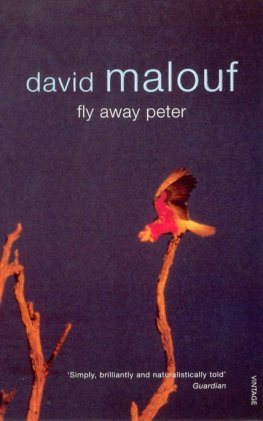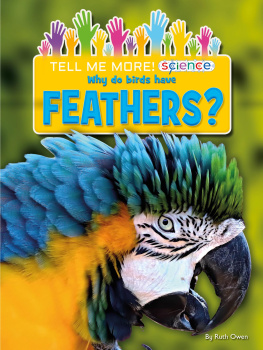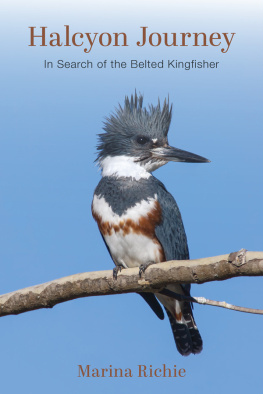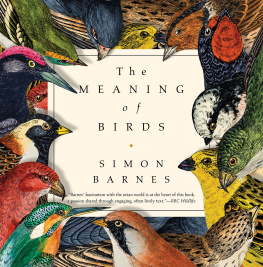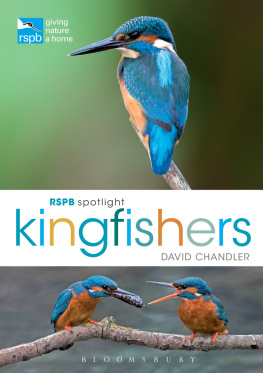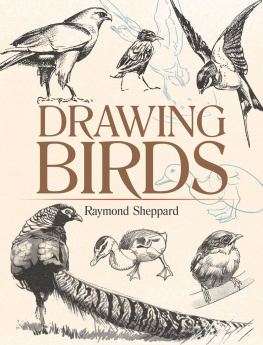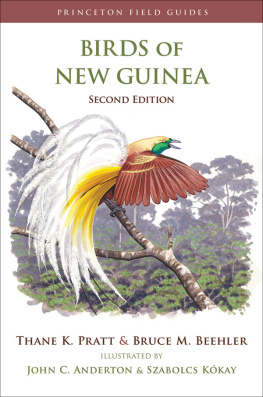Kingfisher

Animal
Series editor: Jonathan Burt
Already published
Albatross Graham Barwell Ant Charlotte Sleigh Ape John Sorenson Badger Daniel Heath Justice
Bat Tessa Laird Bear Robert E. Bieder Beaver Rachel Poliquin Bedbug Klaus Reinhardt
Bee Claire Preston Beetle Adam Dodd Bison Desmond Morris Camel Robert Irwin
Cat Katharine M. Rogers Chicken Annie Potts Cockroach Marion Copeland Cow Hannah Velten
Crocodile Dan Wylie Crow Boria Sax Deer John Fletcher Dog Susan McHugh Dolphin Alan Rauch
Donkey Jill Bough Duck Victoria de Rijke Eagle Janine Rogers Eel Richard Schweid
Elephant Dan Wylie Falcon Helen Macdonald Flamingo Caitlin R. Kight Fly Steven Connor
Fox Martin Wallen Frog Charlotte Sleigh Giraffe Edgar Williams Goat Joy Hinson
Goldfish Anna Marie Roos Gorilla Ted Gott and Kathryn Weir Guinea Pig Dorothy Yamamoto
Hare Simon Carnell Hedgehog Hugh Warwick Hippopotamus Edgar Williams Horse Elaine Walker
Hyena Mikita Brottman Kangaroo John Simons Kingfisher Ildiko Szabo Leech Robert G. W. Kirk and Neil Pemberton Leopard Desmond Morris Lion Deirdre Jackson Lizard Boria Sax
Llama Helen Cowie Lobster Richard J. Kin Monkey Desmond Morris Moose Kevin Jackson
Mosquito Richard Jones Moth Matthew Gandy Mouse Georgie Carroll Octopus Richard Schweid
Ostrich Edgar Williams Otter Daniel Allen Owl Desmond Morris Oyster Rebecca Stott
Parrot Paul Carter Peacock Christine E. Jackson Pelican Barbara Allen Penguin Stephen Martin
Pig Brett Mizelle Pigeon Barbara Allen Polar Bear Margery Fee Rat Jonathan Burt
Rhinoceros Kelly Enright Salmon Peter Coates Sardine Trevor Day Scorpion Louise M. Pryke
Seal Victoria Dickenson Shark Dean Crawford Sheep Philip Armstrong Skunk Alyce Miller
Snail Peter Williams Snake Drake Stutesman Sparrow Kim Todd Spider Katarzyna and Sergiusz
Michalski Swallow Angela Turner Swan Peter Young Tiger Susie Green Tortoise Peter Young
Trout James Owen Vulture Thom van Dooren Walrus John Miller and Louise Miller
Wasp Richard Jones Whale Joe Roman Wild Boar Dorothy Yamamoto Wolf Garry Marvin
Woodpecker Gerard Gorman Zebra Christopher Plumb and Samuel Shaw
Kingfisher
Ildiko Szabo
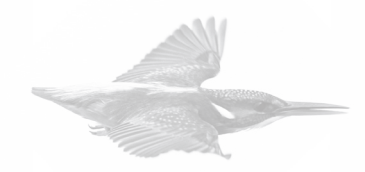
REAKTION BOOKS
To Lara, my amazing daughter, who finds wonder everywhere.
Published by
REAKTION BOOKS LTD
Unit 32, Waterside
4448 Wharf Road
London N1 7UX, UK
www.reaktionbooks.co.uk
First published 2019
Copyright Ildiko Szabo 2019
All rights reserved
No part of this publication may be reproduced, stored in a retrieval system or transmitted, in any form or by any means, electronic, mechanical, photocopying, recording or otherwise, without the prior permission of the publishers
Page references in the Index match the printed edition of this book.
Printed and bound in China
A catalogue record for this book is available from the British Library
eISBN 9781789141726
Contents

James Leyland has captured the very moment when this common kingfisher (Alcedo atthis) begins to enter the water.
Introduction:
A Realm of Kingfishers
Watching a common kingfisher dive is to witness a moment of perfection. The bird effortlessly cleaves through the water and, in a flash, re-emerges shedding water droplets. From Britain to Japan, the common kingfisher species reigns supreme. It is the most cosmopolitan and northern-dwelling of this predominately tropical family of birds.
The naming of kingfishers is based on European experience. The English appellation of kingfisher, a contraction of kings fisher, dates back to at least the 1500s. A more recent explanation of this regal name is that king alludes to a common kingfishers blue cloak. King George III (17301820) challenged clothiers across England to deliver a triumphant colour suitable for utilization by royalty. The sumptuous shade of blue created by Scutts Bridge Factory in Rode, Somerset, won the competition, acquiring the accolade of Royal Blue. Why British kingfishers are called fisher is obvious: it refers to the eye-catching skill, grace and finesse displayed to perfection by these flashy feathered statesmen.
Carl Linnaeus, the Swedish taxonomist who pioneered the genusspecies binomial concept, was striving to create a universal biological naming system. Linnaeus knew these birds were called kingfishers in Swedish and possibly that their English name had the same meaning. He was probably equally aware that icebird was the translation of their German, Dutch, Danish and Norwegian common name. But he elected to ignore these colloquial names.

Patience, alongside knowing the habits of your local kingfisher, can result in astonishing images, such as this one captured by Andy Morffew of a common kingfisher (Alcedo atthis) exiting the water.
What Linnaeus was striving for was a name that needed no explaining, a name already ingrained in the scientific language of his era. He turned to Ovids Myth of the Halcyon when he named the kingfisher family Alcedinidae and the common kingfisher Alcedo atthis. Given the popularity of Ovids Metamorphoses, its use by Shakespeare and other literary and visual artists for literary allusions, and its availability in multiple languages, it is not surprising that early avian taxonomists utilized Ovid when crafting genus and species names. His epitome was a syllabus of characters, a vernacular language uniting European taxonomists.

The Order of the Garter is on a riband of royal blue. The king in kingfisher is thought to be derived from the birds being robed in royal blue.
Following Linnaeus lead, taxonomists from multiple countries continued to evoke Ovids epic poem when assigning genera names to the kingfisher family. Ceyx, Clytoceyx, Ceryle, Chloroceryle and Megaceryle are all derived from Ceyx, the male protagonist in the Myth of the Halcyon. Halcyon, Alcedo and Lacedo are variations of Alcyone, the tragic heroines name. Rendered down to its simplest elements, this myth is a story of marital fidelity. Upon seeing the drowned body of her husband Ceyx, Alcyone leaps off a cliff into the sea to join her beloved in death. At that instant, the gods transform the couple into kingfishers. Depending on the raconteur, the twists and turns in what motivates the gods to intervene differs, sometimes radically, as does the everlasting happiness of the ill-fated lovers.


